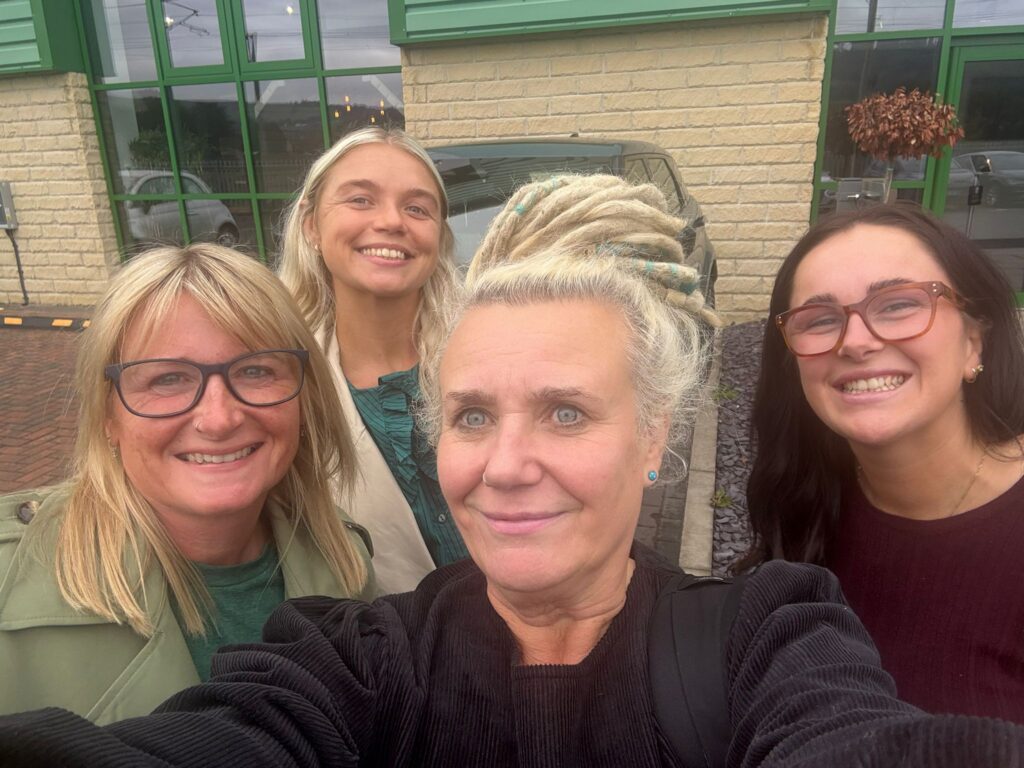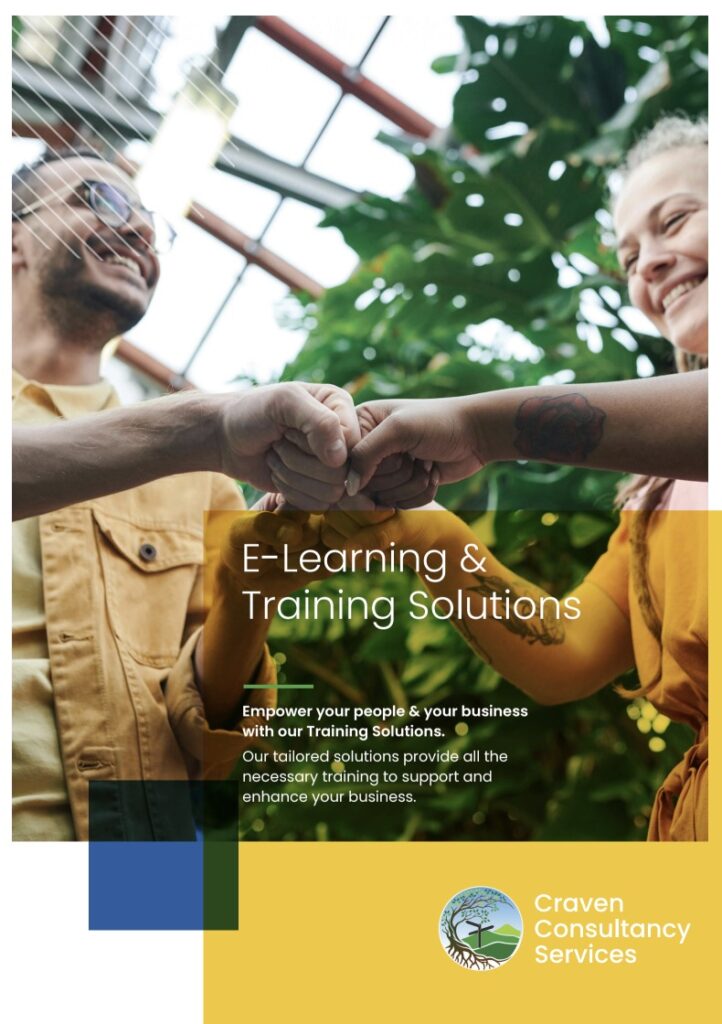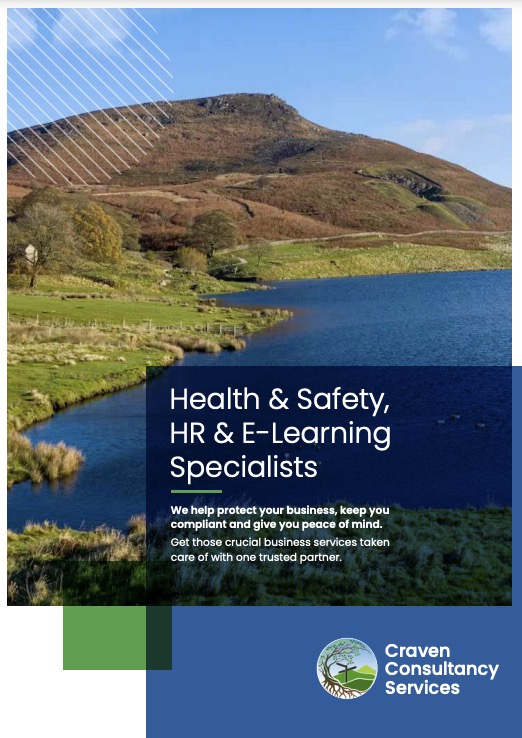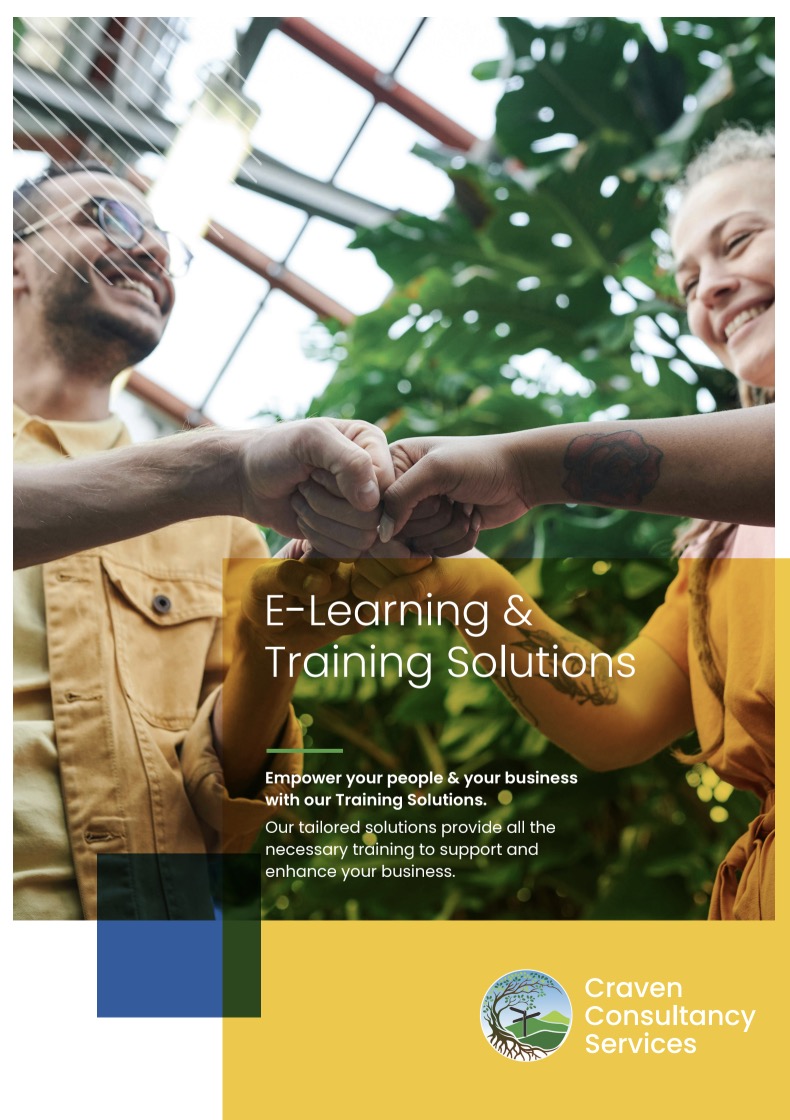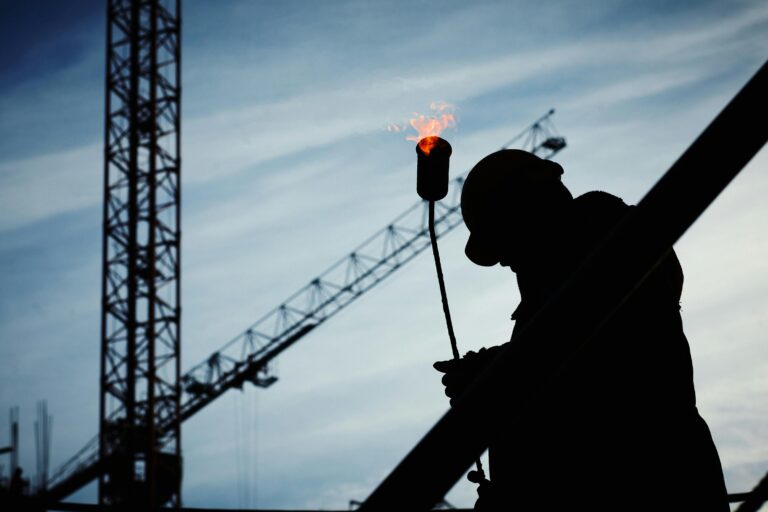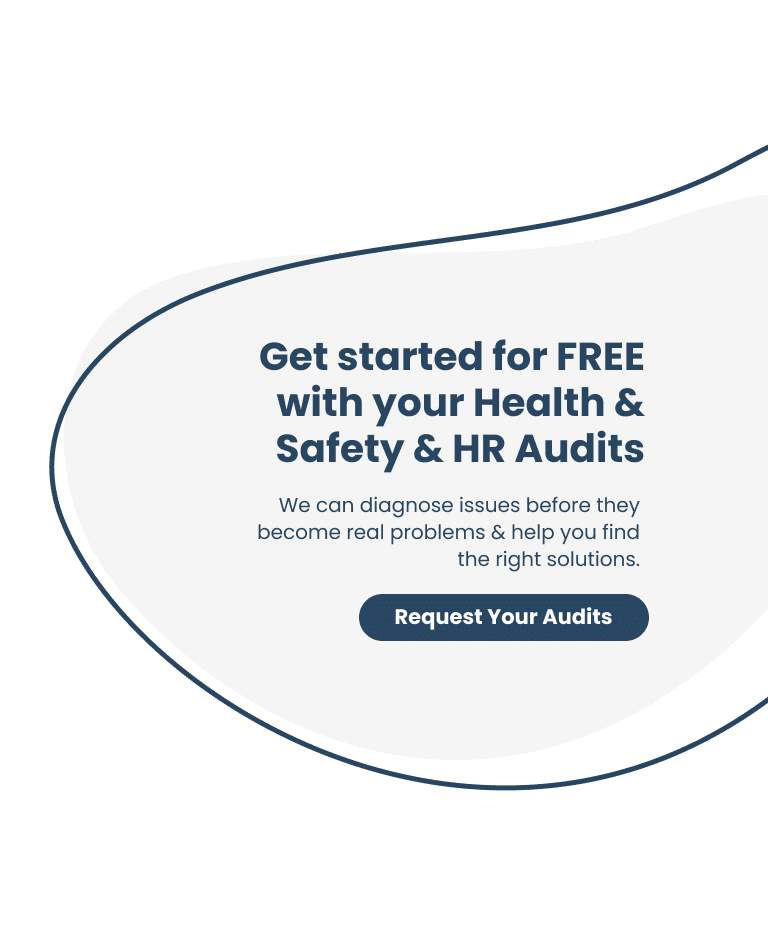When people think about workplace safety, the first thing that usually comes to mind is preventing accidents. Slips, trips, falls, machinery incidents, or electrical hazards. While these are undeniably important, there’s a growing recognition that health deserves just as much attention as safety. The conversation is shifting from simply avoiding immediate harm to preventing the long-term, often invisible, effects of work-related ill health.
Health vs. Safety: The Hidden Side of Risk
Accidents are often visible, immediate, and dramatic. A broken bone is hard to ignore. But many work-related health issues develop quietly over time. They don’t make headlines, but they can have lifelong consequences for workers. Musculoskeletal disorders (MSDs), respiratory illnesses, hearing loss, and diseases caused by chemical exposure are some of the most common and most preventable, occupational health problems.
In many workplaces, safety culture is strong when it comes to preventing injuries. High-visibility PPE, toolbox talks, and near-miss reporting systems are standard practice. But when it comes to health, the risks can be more subtle and long-term. Poor posture, repetitive strain, or exposure to dust and noise may not cause immediate harm, but the damage accumulates silently over years.
Musculoskeletal Disorders (MSDs)
Back pain, neck strain, and repetitive motion injuries are among the leading causes of lost working days in the UK. These conditions often stem from poor ergonomics, manual handling, or repetitive tasks. The key to prevention lies in designing work to fit the worker, not the other way around. Regular risk assessments, ergonomic equipment, and worker education can make a significant difference.
Respiratory Illnesses and Chemical Exposure
Exposure to airborne contaminants, such as dust, fumes, and chemicals, can lead to chronic respiratory diseases like asthma or COPD. These are often irreversible once developed. Proper ventilation and respiratory protective equipment (RPE) is vital. But more importantly, workers need to understand that invisible risks can be just as deadly as visible ones.
Hearing Loss
Noise-induced hearing loss is entirely preventable, yet it remains a widespread occupational illness. The danger of noise exposure is that damage builds up slowly, often going unnoticed until it’s too late. Consistent use of hearing protection, engineering controls to reduce noise, and regular testing can all help safeguard long-term hearing health.
The Long View: What You Can’t See Now
The biggest challenge with work-related ill health is that its effects may not appear for decades. Workers may think, “I feel fine now, what’s the problem?” But the way someone works today could shape their health 20 years down the line. Just because symptoms aren’t visible now doesn’t mean damage isn’t occurring.
“We wear a hard hat to protect our head from a falling object, but what protects our lungs from the dust we breathe every day?”
Health hazards are often invisible, gradual, and underestimated, yet they can be just as life-altering as an accident, if not more so.
Building a Culture of Health and Safety
True workplace wellbeing means integrating health and safety equally into every aspect of work. This involves:
-
Regular health surveillance and monitoring for early signs of ill health.
- Seeking advice from your health and safety advisor
-
Ongoing training, education and awareness to help workers understand long-term risks.
-
Encouraging open conversations about discomfort, fatigue, and early symptoms.
-
Designing work processes that minimise both immediate and cumulative risks.
Conclusion: Protecting the Future, Not Just the Present
Health and safety shouldn’t be seen as separate priorities, they are two sides of the same coin. Preventing accidents is vital, but so is preventing the unseen damage that can shorten careers and affect lives years down the line.
The challenge for modern workplaces is to shift the focus from reacting to injuries to anticipating illness. Because while an accident can change a life in an instant, work-related ill health can do the same, only more slowly, and often without warning.
If you’d like expert support in managing workplace health and safety, from risk assessments to long-term wellbeing strategies. Get in touch today 01756 860600.
Explore the link below which also takes you to our workplace well being toolkit. Helping you manage employee health and wellbeing effectively.
Workplace Wellbeing ‘Stress Risk Assessment’ Strategy & Toolkit – Craven Consultancy Services

